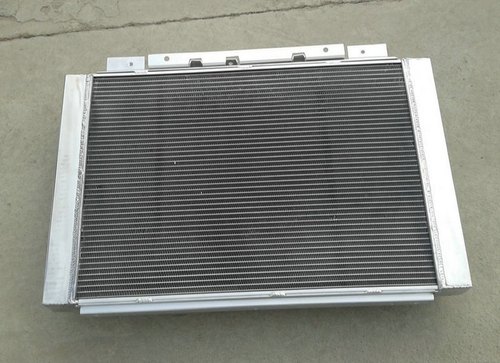Home Improvement
6 Types Of Radiator

Remodeling the interior of your home can be exciting and frustrating in equal measure. Finding furnishings and fittings that contribute to the atmosphere you are trying to create is like completing an especially tricky puzzle. Fitting the right radiators in your home can make a big difference. Radiators are pretty large and contribute to a room’s general feel – something many people designing interiors forget to their detriment. Here are six types of popular radiators for your consideration.
Table of Contents
Electric
Electric heaters are useful in rooms that are not connected to plumbing systems. For example, if you are converting your garden shed into an office, you will need to install this kind of heater. Electric heaters work by passing a current through a liquid. This liquid then becomes hot and expands. The heat is then transferred to the outer casing of the radiator, from which it dissipates into the room by means of convection. Electric heaters are a far better solution than fan heaters, which give off-dry and uneven warm air.
Bench
Bench radiators are – as the name suggests – a combined bench and radiator system. They suit luxury pool houses and changing rooms and are surprisingly functional for such an unusual design. Leather upholstery is occasionally added to the seating area – the radiator gently heating the leather to a comfortable temperature.
Cast Iron
Cast iron radiators are absolutely perfect for industrial interior design. They are emblematic of the tough, functional design of the early to mid 20th Century. Companies such as Warm Rooms sell newly built cast iron radiators. These radiators look just like their industrial ancestors but come with all the user-friendly trimmings expected of modern systems. Cast Iron is an extremely tough and conductive material, making it a perfect substance for radiator construction. In addition, it accepts paint very well and has a distinctly rough finish.
Flat Panel
Flat-panel radiators work just like conventional radiators. The only difference being the perfectly flat distributive surfaces. Flat distributive surfaces are perfect for minimalist Scandinavian-style interiors. Is there a lot of teak in your house? Then, you might want to invest in a flat panel radiator system.
Glass
Glass radiators are perfect for elegant, modernist interiors. In addition, they can double up as mirrors, which has the potential to save space in a bathroom setting. Glass radiators do tend to be a little bit more expensive than their conventional cousins, but they are a must-have feature in any luxurious modernist home.
Trench
Trench heating is a kind of underfloor radiator system installed in furrows and covered with grilles or latices. Trench heating radiators are most often installed in places like conservatories – where walls cannot have objects mounted upon them. Trench radiators work by drawing cold air down through the grille and into the trench. This air is then warmed over a metal heat exchanger and rises thanks to convection. Because the heat is dissipated by convection as opposed to being blown, it spreads around the room in a very even way.

-

 Business3 years ago
Business3 years agoHow to Do Long-Distance Moves with Children
-

 Travel2 years ago
Travel2 years agoQuick Guide: Moving To Santa Rosa?
-

 Real Estate3 years ago
Real Estate3 years agoWhy Dubai Festival City is a Great Neighbourhood for Young Learners
-

 Business3 years ago
Business3 years agoIs Guest Posting a Good Inbound Marketing Strategy?
-

 Business1 year ago
Business1 year agoThe Ultimate Guide To Thriving In Your Printing Franchise
-

 Business1 year ago
Business1 year agoExploring The Benefits And Challenges Of Restaurant Franchising
-

 Tech3 years ago
Tech3 years agoCyber Table That Will Change Your Life
-

 Lifestyle1 year ago
Lifestyle1 year agoDallas’ Hidden Gems: 6 Must-Try Restaurants Off The Beaten Path!









Recent Comments